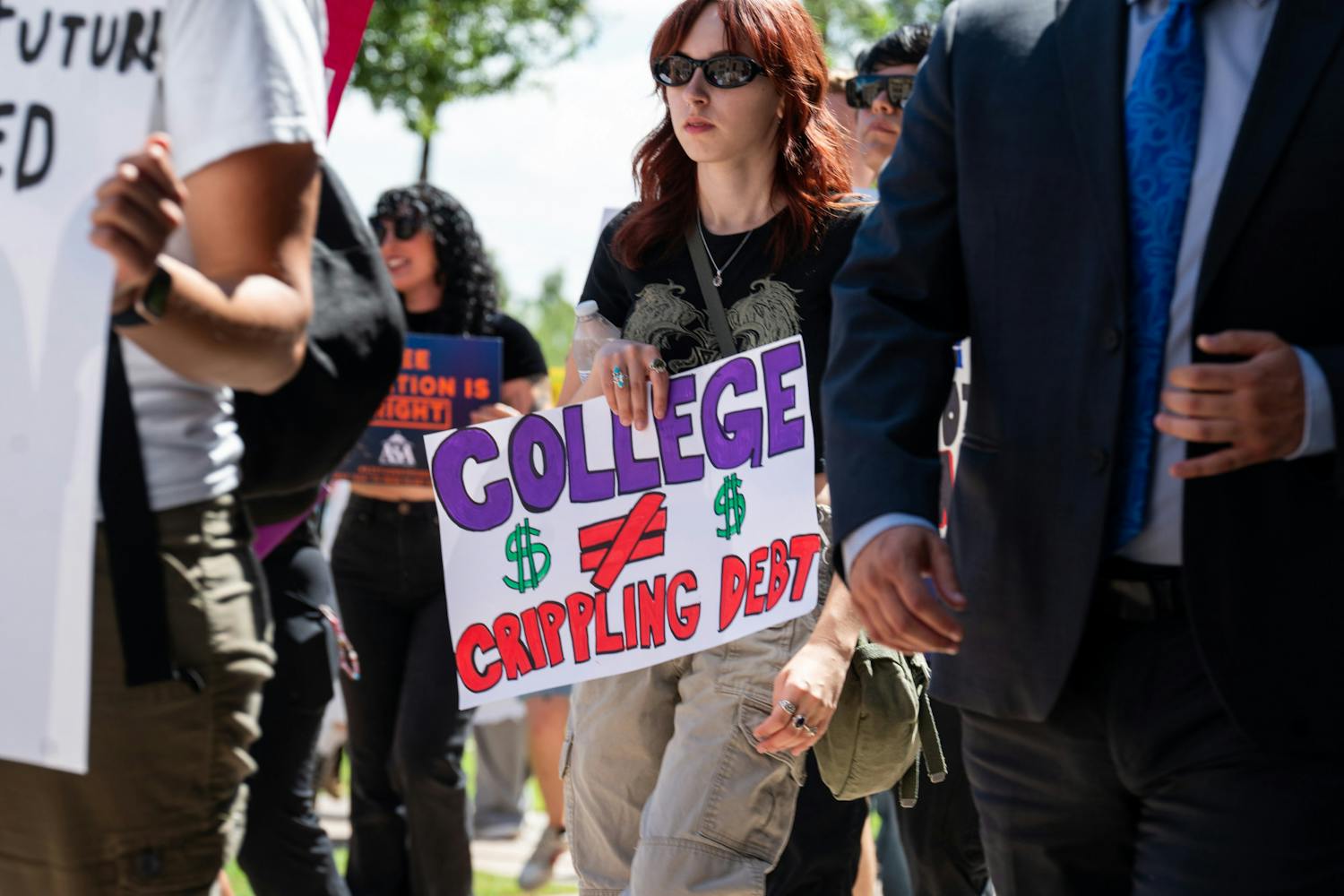Proteins that detect and cure diseases, vaccines made of plants and robots that aid paralyzed stroke victims are just some of the potential applications of research being conducted at ASU's Biodesign Institute.
The institute brings together researchers from many diverse scientific fields, said Joe Caspermeyer, chief science writer for the Biodesign Institute. The scientists focus on four areas of research: biological systems, nanotechnology, cognitive sciences, and environmental biotechnology.
Nasser Kawdi, an assistant research scientist at the institute, said he is working on the development of biosensors - miniature detective-doctors that could someday help recognize the presence of diseases and treat them.
Nanowires, which are 1,000 times smaller than a human hair, are attached to the biosensors and transform their biological signals into measurable electrical ones.
The biosensors could detect a single mutation in human DNA, critical for the recognition of various cancers, Caspermeyer said.
"As long as there's a biological process, you can determine a difference between a healthy state and [an] unhealthy one," he said.
While the institute's nanotechnology experts work on detecting and curing diseases, the Institute's Center for Infectious Disease and Vaccinology tries to prevent them.
The center is testing vaccines manufactured from plant material, said Josephine Clark-Curtiss, a research scientist and ASU life sciences professor.
Scientists could place the plants inside pills, which don't require cooling, unlike current vaccines. This aids developing countries, which don't always have easy access to refrigerators, she said.
Another type of vaccine being developed uses strains of salmonella, the same bacteria responsible for some types of food poisoning, as both an oral vaccine and vaccine delivery system.
Another part of the institute has developed a robotic arm that could help paralyzed stroke victims.
Tom Sugar, an assistant engineering professor at the Polytechnic campus, worked on the device's movement procedures.
At first, patients must try to reach for objects and feed themselves. If they can't, the robot muscles are turned on, carrying out the task while the patient's brain learns from the robot's movements.
Eventually, patients could accomplish these tasks on their own -- once damaged neural pathways have been retrained, he said.
"It's no miracle cure," Sugar said. "You really [have to] work at it for months.
Reach the reporter at grayson.steinberg@asu.edu.



